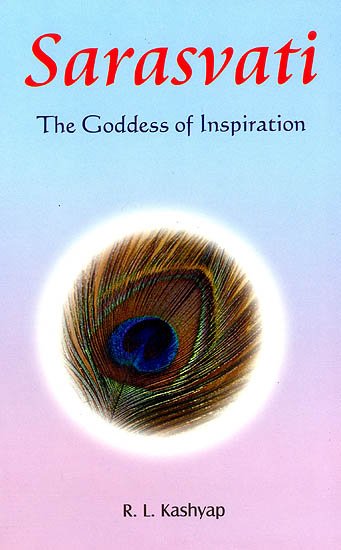Tiloyapannatti by Acharya Yatibrishabha
author: Dashrath Jain
edition: 2012, Jain Granthagar, Delhi
pages: 1465
ISBN-13: 9788191037333
Topic: Jainism
Preface Volume 2
The fourth chapter begins with the Benedictory Prayer (Mangalaancharan) of Tirthankar Shri Padmaprabh and ends with the Prayer of Tirthankar Shri Supaarswanath. Volume second contains the fourth chapter alone, which deals with human universe in detail. This chapter is very voluminous and has got 3006 gathas. Besides the author has here and there gathas, the composed verses in other meters such as Indravajra, Dodhak, Vasanttilakaa and Shaardulvikrydit. But they are few in number.
Not only the number of gathas of this chapter is very large but the number of sub-chapters is also likewise. The number of sub-chapters is sixteen Sub-chapters 2, 4 and 6 are again divided into sixteen parts. The name of sixteen chapters are Nature Directions, Jamboodweep, Ocean Lavan, Dhatakikhand dweep, Ocean Kaaloda, Pushkaraardha dweep, kinds of human beings. living in these dweepas, their number, fewness and manyness, states of virtues and their attainment by human beings, volitions caused by the age karma, number of breeding centers, pleasures and pains, causes of the adoption of righteousness and the number of souls attaining salvation.
Sub-chapter two dealing with Jamboodweep is the largest sub-chapter consisting of 2425 gathas. The 16 parts, - which are divided in are named altar, arrangement form, Bharat region, movement of the wheel of time in Bharat region and the division of time, there-in. Mt., Himvan, Haimavat region, mnt. Maha himvan, Hari region, mt. Nisadh, Videh region, mt. Neel, Ramyak region, mt. Rukmi, Hairanyawat region, mt. Sikhari and Yairaawat region. As facts about Dhatakikhand dweep and Pushkarwar dweep have not been mentioned in details and as facts relating to them are much similar to those of Jamboodweep. The parts of these two sub-chapters are comparatively shorter to those of Jamboodweep. In this fourth chapter of Tiloya Pannatti, we find the details relating to the lives and works of 24 Tirthankaras in an elaborate manner. This sub-chapter deals with Jain mythology quite authoritatively and beautifully and the historical aspect of Tirthankaras can be learnt here from in a fine manner. How and in what manner Jainism shall continue to exist in Jamboodweep has been very clearly defined.
The last ten sub-chapters i.e. (from 7 to 16) are very short and have been covered by 36 gathas only acharya shri Yati Brishabha has dealt with the subject concern quite elaborately as well as in short as and when required with the result that neither has any necessary fact been left nor any unnecessary fact has been added.
Acharya shri in this work has not added any thing of his own accord. He has written only that and that much, which he came to know from the knowledge of traditions concerned i.e. knowledge delivered from one acharya to another acharya. It is extremely surprising to know that our ancient acharya knew so much about the universe thousands of years ago, inspite of the fact that there were no written works on the subject concern and knowledge was passed from the preceptor to his disciples orally, which was exactly remembered and again passed from teacher to taught in the same manner. He has also mentioned facts, which differ and are found in other works prevalent in his times such as Lok-Vinishchaya, Saggayani etc. The author has freely and fairly. mentioned different versions on all matters current at the time when this great work was composed. Apart from this, the author has pointedly mentioned at various places the facts, which were lost due to time factor and were unavailable. Acharya shri has been extremely judicious in his approach to the subject and no where do we find any haste or hurry in composing such a big and voluminous work.
